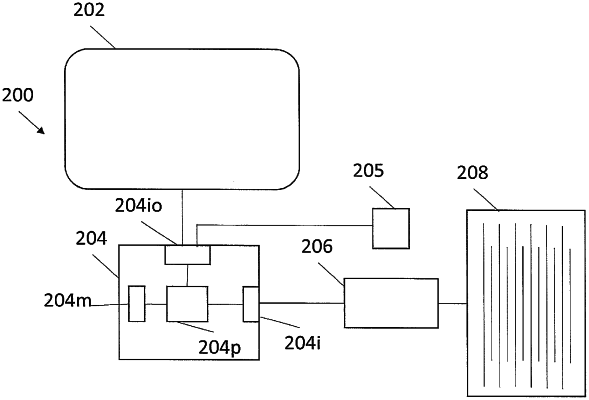| CPC G07C 5/004 (2013.01) [B60L 58/13 (2019.02); B60L 2260/52 (2013.01)] | 14 Claims |

|
1. A controller for indicating a residual driving range available in a battery of an electric vehicle, the controller comprising:
a first input arranged to receive an input indicative of a state of charge of a battery of the vehicle;
a second input arranged to receive a user input;
an output arranged to cause an output to be displayed to a user of the vehicle; and
a processor arranged to communicate with said first and second inputs and said output, wherein:
the controller is operable in a first mode wherein the processor is arranged to instruct the output to display a first output indicative of the total amount of energy remaining in the battery;
the controller is operable to switch from the first mode to a second mode upon receipt of a user input via said second input, wherein the second mode is a leisure mode in which a dynamic performance of the vehicle is altered and the user input is indicative of a desire to transition the vehicle into the leisure mode;
the controller is operable when switching from the first mode to the second mode to calculate an amount of reserve energy for a return journey to a journey start point based on actual energy usage between the journey start point and activation of the leisure mode; and
the controller is operable in the second mode wherein the processor is arranged to instruct the output to display a second output indicative of an amount of energy that may be used while in the leisure mode and prior to the return journey to the journey start point without causing the total amount of energy stored in the battery to reduce below an amount required to undertake the return journey.
|